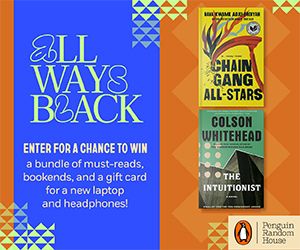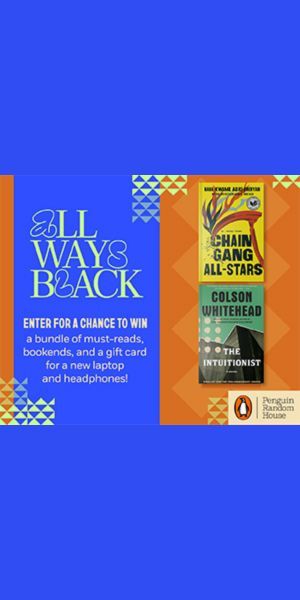Our Reading Lives: Comic Book Anarchy In The U.K.
I grew up in a small town in England. One of those places that is trapped between much better known towns and cities. If I say the name of the place to someone in England, I’ll be greeted with a blank stare. If I say, “I grew up at junction 9 of the M6,” they’ll know exactly where I mean. They’ve driven past it many times on the way to somewhere else. As much as I love the place, it’s not exactly a cultural Mecca. To be a fan of U.S. comic books while growing up there, in the 80’s and 90’s, meant that I really had to want to do it. Being a casual reader wasn’t an option; It was all or nothing. It was a zeal that trained me well for tracking down Replacements and Uncle Tupelo albums when I was older, but it was never easy.
I struggled with reading as a child, and people in my family realized that comics were helping. I come from a family of readers, so they were keen to encourage anything that got me started. Parents and grandparents wouldn’t pass a newsagent (crazy Brit talk for “news stand.”) without buying a couple of comics for me. To begin with it would be British comics, like Dandy, Beano, Whizzer, and Eagle. This would give me stories that ranged from the childish tales of Dennis The Menace and General Jumbo, to the gore filled adventures of Hook Jaw.
My grandfather set up subscriptions to some of the Marvel UK titles, such as Thundercats and Transformers. But, no matter how much fun all these titles were, they didn’t have the pull of my real addiction; American Comics. They were smaller, they were bolder, and they had superheroes in them. They were simply better.
Adults would regularly buy me the American comics, and luckily all they saw were bright colors and names they remembered from goofy TV shows; they never paid attention to the content. My young brain was warped beyond repair by Frank Miller and Alan Moore. The difficulty came when I started trying to keep track of the books myself; comic shops were not really a thing. The cities had them, sure. The nearest one to me was Nostalgia & Comics in Birmingham, eleven miles away. As a child, eleven miles might as well be a million, and travelling there would use up my comic money. I could talk people into driving me there on special occasions, such as birthdays, but otherwise the shop was out of reach for a long time.
I think British readers of my age probably had an experience more familiar to older readers in the States, of trying to track down titles in newsagents. There were no pull lists. Nobody in the shop knew anything about the comics. All they saw were flimsy little bits of paper that were too small for the shelves, and would be all jumbled in together on the bottom shelf.
To collect these books took effort. It took a real passion and, in an age long before the internet, it was difficult to keep track of the story lines. In the early days it wasn’t all that bad. The comics I was reading would often have self-contained stories or, at most, they would be two and three issues long. I could keep up with those by timing my trips to the shops well, and by rooting through the jumble of titles on the bottom shelf to find the previous issue hiding away at the back. It was a time when you would learn to live with a few gaps in your knowledge, and become expert and learning fast and figuring out what had happened in the missing chapter.
U.K. companies like Titan started reprinting the U.S. titles, too. There was a monthly Batman comic, scaled up to British magazine size, that would reprint stories from Detective Comics and Batman. Usually there would be two stories per issue, to fill up the pages. If there was a new character in the story, or some essential part of the Batman mythos, they might include an essay or a fact sheet to fill the reader in. Although I’d read two issues of Batman: Year One as a young boy, it was through the reprints much later that I got to see the whole story.
My transition came around the time of Knightfall. All of a sudden, I needed to have every Batman title to keep up with the story, and in the right order. I failed. Badly. I read the first few issues, then I jumped around in the middle, then I had a comic in my hands in which Batman got his back broken and….I had no idea what was going on. But around this time a comic shop opened in Walsall, a town that was only three miles from my front door. I could get the bus there, or -when I wanted to save even more money for the comics- I could walk there.
A whole shop dedicated to comics. This was amazing. I could go in weekly and pick up my titles, and rummage through the back issue boxes. I could meet like-minded readers and get into arguments. Once I was immersed in the culture, I started making the longer and more expensive train trips to Nostalgia & Comics in Birmingham.
Stepping into that world took me beyond the limited choices of the newsagent shelf. I learned that comics were about far more than superheroes. I could get hooked on Hellblazer and Sandman. I was in the right place at the right time, shortly after that, to start reading Preacher (but that’s a story for another time.)
I was all set.














